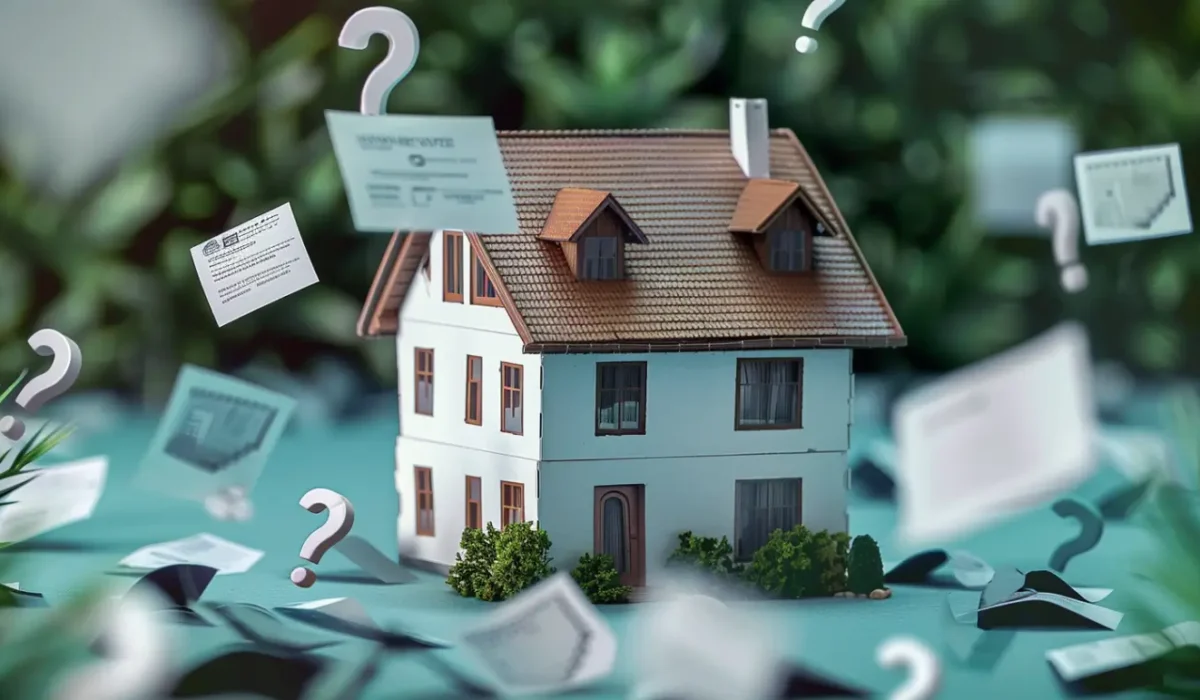For most homeowners, the roof is one of the least visible parts of the house—yet it plays one of the most important roles in protection, comfort, and energy efficiency. Because roofing systems are complex and subject to heavy wear from weather, many homeowners find themselves with questions when it comes to repairs, replacements, and maintenance. Addressing these questions with clear, reliable answers provides peace of mind and helps homeowners make better decisions about their property.
Why Is Roof Maintenance So Important?
Maintenance is the cornerstone of a long-lasting roof. Over time, shingles, flashing, and underlayment are subjected to wind, rain, heat, and even hail. Without routine care, these components deteriorate, leading to leaks and costly repairs. Regular maintenance extends the life of your roof, improves energy efficiency, and protects the value of your home. For homeowners in Coppell, TX, where storms are frequent, maintenance is essential to ensure the roof can stand up to the region’s unpredictable weather.
How Do I Know If My Roof Needs Repairs or Replacement?
Homeowners often struggle with the decision between repairs and a full replacement. Signs such as missing shingles, persistent leaks, and visible sagging may suggest serious structural issues that repairs alone cannot solve. However, if damage is localized and the roof is relatively new, targeted repairs may be the better option. Professional inspections are the best way to determine the right course of action, providing a detailed evaluation of the roof’s condition.
What Materials Are Best for Texas Roofs?
The best material often depends on the specific needs of the homeowner, but in Texas, durability and weather resistance are top priorities. Asphalt shingles remain popular due to affordability and style variety, while metal roofs are prized for their longevity and energy efficiency. Brands such as Malarkey, GAF, and OC offer advanced materials engineered to withstand hail, high winds, and heat. Choosing the right material ensures your roof performs well and enhances your home’s curb appeal.
How Long Does a Roof Typically Last?
Lifespan varies depending on material and maintenance. Asphalt shingles generally last between 20 and 30 years, while metal roofing can exceed 50 years. Tile and slate roofs may last even longer with proper care. Regular inspections, clean gutters, and timely repairs all contribute to extending the life of your roof.
What Should I Expect During a Roofing Project?
Many homeowners worry about the disruption of a roofing project. While every job is unique, most replacements follow a predictable pattern: removal of old materials, preparation of the roof deck, installation of new underlayment, and placement of shingles or panels. Professional contractors prioritize safety, efficiency, and cleanliness, ensuring the project is completed with minimal disruption to daily life.
Choosing an experienced contractor such as KangaRoof gives you confidence that the work will be completed on time and to the highest standards. With certificates including OC Preferred, Emerald Premium Plus, and GAF Master Elite, our team is trained to handle every detail with precision.
Will Insurance Cover My Roof Repairs?
Insurance coverage depends on the type of damage and your specific policy. Storm-related damage from hail, wind, or falling debris is often covered, but normal wear and tear typically is not. Filing a claim requires documentation of the damage, ideally supported by a professional inspection report. Having a certified roofer on your side during the insurance process helps ensure that nothing is overlooked and your claim is fairly considered.
How Can I Protect My Roof From Storms?
Storm preparation involves both preventive measures and timely follow-ups. Reinforcing weak points, securing gutters, and trimming overhanging trees are important steps. After storms, inspections help identify damage early, preventing small problems from escalating. Homeowners in Coppell, TX, benefit from adopting a proactive approach, making roof care a year-round priority.
The Role of Technology in Roofing
Modern technology continues to improve roofing safety and accuracy. From drone inspections that reduce risks to advanced software that streamlines planning, technology ensures homeowners receive more precise evaluations and better long-term results. As the industry continues to evolve, these innovations will only enhance the durability and safety of roofing systems.
Conclusion
Every homeowner has questions about roofing, but the answers all point to one principle: proactive care and professional guidance make all the difference. From selecting materials to navigating insurance, each decision shapes the longevity and performance of your roof. By relying on trusted contractors, quality materials, and proven expertise, you ensure your roof is not just a structure but a shield protecting your home and family.
Read also our blog: Storm Damage Repair Tips for Texas Homeowners
